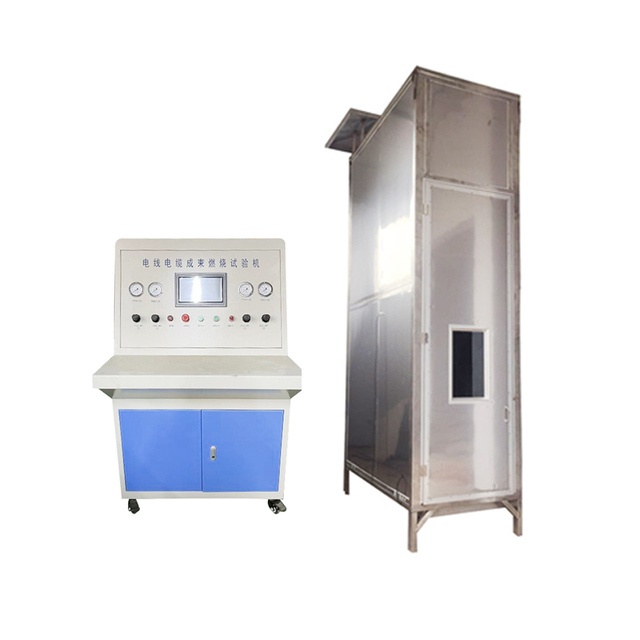conductor resistance constant temperature test exporters
Understanding Conductor Resistance Constant Temperature Tests Insights for Exporters
In the world of electrical engineering and materials science, conductor resistance plays a pivotal role in determining the efficiency and reliability of electrical systems. One of the primary methods for assessing the quality of conductors is the constant temperature resistance test. This article delves into the significance of these tests, their methodology, and the implications for exporters in the electrical industry.
What is Conductor Resistance?
Conductor resistance is the opposition that a material offers to the flow of electric current. This resistance is influenced by various factors including the material’s intrinsic properties, cross-sectional area, length, and temperature. Understanding the resistance of conductors is crucial, especially in the context of electrical systems where efficiency and performance are paramount.
The Importance of Constant Temperature Testing
A constant temperature resistance test is conducted under controlled thermal conditions to ensure accurate and repeatable measurements. This testing approach is essential for several reasons
1. Standardization By maintaining a constant temperature, this testing method provides standardized results that can be compared across different materials and products. This is particularly important for exporters, who must meet international quality standards.
2. Quality Assurance For manufacturers and exporters, consistent resistance readings indicate the reliability and longevity of their products. Products that meet specific resistance criteria are more likely to be accepted in international markets.
3. Regulatory Compliance Many countries have stringent regulations regarding electrical components. Constant temperature resistance tests help ensure that products comply with these regulations, facilitating smoother export processes.
Methodology of the Constant Temperature Resistance Test
The process of conducting a constant temperature resistance test involves several key steps
1. Sample Preparation Conductors are prepared, ensuring they are clean and free from any contaminants that might affect resistance readings.
conductor resistance constant temperature test exporters

2. Setting Up the Equipment A resistance measuring device, such as an ohmmeter or Wheatstone bridge, is calibrated and set up to monitor resistance while maintaining the sample at a specified constant temperature.
3. Temperature Control The test environment needs to be controlled, often utilizing temperature chambers that can accurately maintain the sample at the desired temperature.
4. Data Collection Measurements are taken at various intervals, or a continuous reading can be logged. This data will help in understanding how resistance changes under controlled thermal conditions.
5. Analysis and Reporting The collected data is then analyzed to determine the resistance characteristics of the conductor. A detailed report is generated that includes the resistance values, temperature conditions, and any observations during the test.
Implications for Exporters
Understanding conductor resistance and its testing is crucial for exporters in the electrical industry for several reasons
- Market Competitiveness By ensuring that their products adhere to high-quality standards, exporters can enhance their market competitiveness and appeal to a broader audience. Products with verified resistance characteristics are more likely to be chosen by clients and distributors.
- Risk Mitigation Non-compliance with international standards can result in financial losses and damage to reputation. Conducting rigorous resistance testing helps exporters mitigate these risks by ensuring their products perform reliably.
- Enhanced Customer Trust Providing verification through constant temperature resistance testing assures customers of the durability and efficiency of the products. This can enhance customer loyalty and lead to repeat business.
Conclusion
The constant temperature resistance test is a critical procedure in the assessment of electrical conductors that has far-reaching implications for exporters in the industry. By ensuring that products meet established standards for resistance, exporters can enhance their product quality, comply with global regulations, and ultimately succeed in a competitive marketplace. As the demand for high-quality electrical components continues to grow, conducting thorough resistance testing will become even more essential, solidifying its role as a cornerstone of quality assurance in the electrical industry.
-
Why the Conductor Resistance Constant Temperature Measurement Machine Redefines Precision
NewsJun.20,2025
-
Reliable Testing Starts Here: Why the High Insulation Resistance Measuring Instrument Is a Must-Have
NewsJun.20,2025
-
Flexible Cable Flexing Test Equipment: The Precision Standard for Cable Durability and Performance Testing
NewsJun.20,2025
-
Digital Measurement Projector: Precision Visualization for Modern Manufacturing
NewsJun.20,2025
-
Computer Control Electronic Tensile Tester: Precision and Power for the Modern Metal Industry
NewsJun.20,2025
-
Cable Spark Tester: Your Ultimate Insulation Assurance for Wire and Cable Testing
NewsJun.20,2025
 Copyright © 2025 Hebei Fangyuan Instrument & Equipment Co.,Ltd. All Rights Reserved. Sitemap | Privacy Policy
Copyright © 2025 Hebei Fangyuan Instrument & Equipment Co.,Ltd. All Rights Reserved. Sitemap | Privacy Policy
